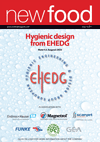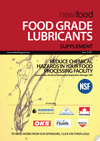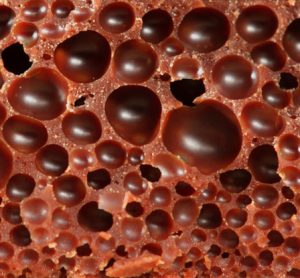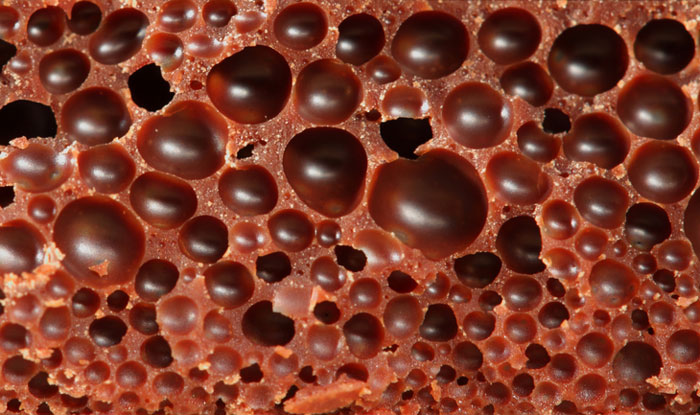In a nutshell: Sandra Luley, QIAGEN
1 November 2011 | By Sandra Luley, Marketing Manager – Applied Testing, QIAGEN
Founded in 1984 as a spin-off company from the University of Düsseldorf, QIAGEN has grown into a market leader for sample and assay technologies. Providing solutions to diagnostic labs, pharmaceutical and biotechnology companies and academics, QIAGEN recently launched their first dedicated food safety test kit at the end of 2010.…











